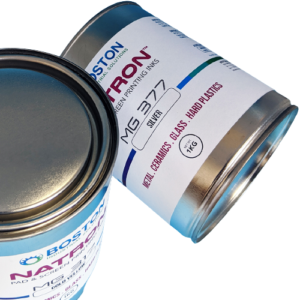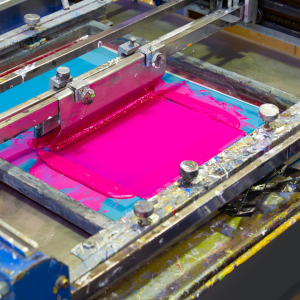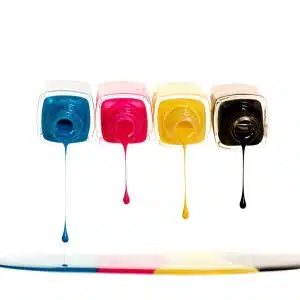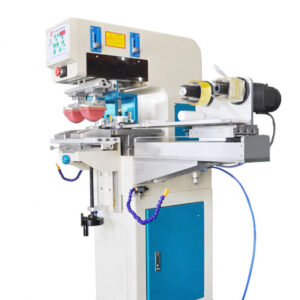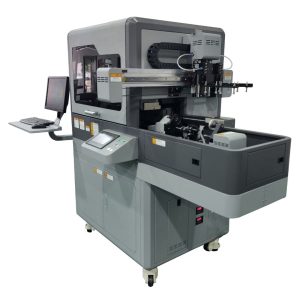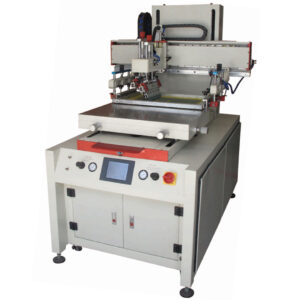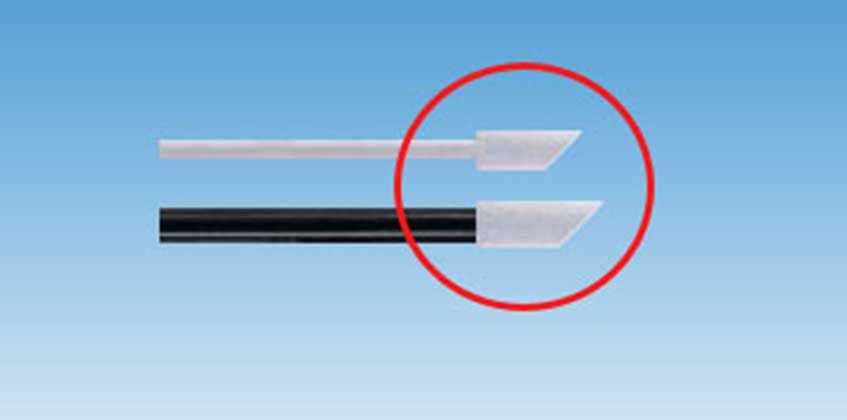Ink additives
There are many factors that affect the durability of a print. Among them are silicone ink additives. Ink additives are solvents (Thinners or Reducers) and catalysts (hardeners). These silicone ink additives are critical for pad and screen printing applications. In this article, we’ll cover pad & screen printing ink thinners and hardeners. Additives improve ink adjustments, adhesion, and extend printed image life.
Thinners/ Reducers/ Solvents
The terms ink solvents, retarders, or reducers mean the same thing. The reducers alter ink viscosity and act as ink carriers.
Pad printing inks requires that a percentage of thinner be mixed into the ink. Once a print is done, the thinner then evaporates to dry out the printed image. Here the thinner helps to make the ink mixture to become “tacky.” Tacky is retaining a slightly sticky feel; not fully dry. Other words that define tacky are sticky, wet, gluey, gummy, adhesive, viscous, viscid. All these words mean the same thing.
This “tackiness” is what enables the silicone pad to pick up an image/ink and transfer it onto the part.
Boston Industrial Solutions, Inc. provides several reducers to work with our silicone inks. We provide that evaporate at different rates (Speed). The “speeds” refers to how fast a thinner evaporates. There are fast, medium and slow thinners. A slow thinners is also known as retarder. For our silicone ink lines we provide a fast (SE-TR Thinner), and slower thinner (SE-TRM thinner). These two solvents can are ideal for pad and screen printing.
Thinner are not unique to our inks. Other ink manufacturers provide thinners for their inks as well.
Thinners aid ink pigment adhere to the printed part’s surface. More porous substrates make it easier for ink to bond to the part. Here, the cross-linking happens fast. Other substrates and depending on the speed of the thinner, will take longer to dry and cure.
Typical pad printing ink will dry to touch in seconds but will achieve full cure in 24hrs. Our silicone inks will dry to touch in about two hours and achieve full cure 72hrs at room temperature.
Catalyst/ Hardeners
For silicone inks, catalyst is more important than thinner. The catalyst is what makes silicone ink work. Also, catalyst influence image durability. Boston Industrial offers three catalyst. SE Catalyst – Ideal for pad printing, LS Catalyst – ideal for screen printing and LG Catalyst. The LG catalyst is ideal for both pad and screen printing. The LG catalyst features faster cure times and will adhere to a wide range of silicone material.
All the three silicone ink catalysts use same percentage: 3 – 20% of inks weight. This is important when mixing inks. Find out how to mix ink. The higher the percentage the faster the cure (vulcanization) time.
For typical pad and screen printing inks, some hardeners work with more than one ink series. Review the technical data sheets of your ink manufacturer to find out the correct ink ratios.
Note that catalysts/ hardeners affect the pot life of the ink. Pot life is defined as the amount of time it takes for an initial mixed viscosity to double, or quadruple for lower viscosity products (<1000 cPs). Timing starts from the moment the ink is mixed, and is measured at room temperature (23˚C).
As always feel free to reach out to our ink experts. We are here to help you print efficiently and effectively. We do our best to solve your ink challenges in no time. Contact us today!


